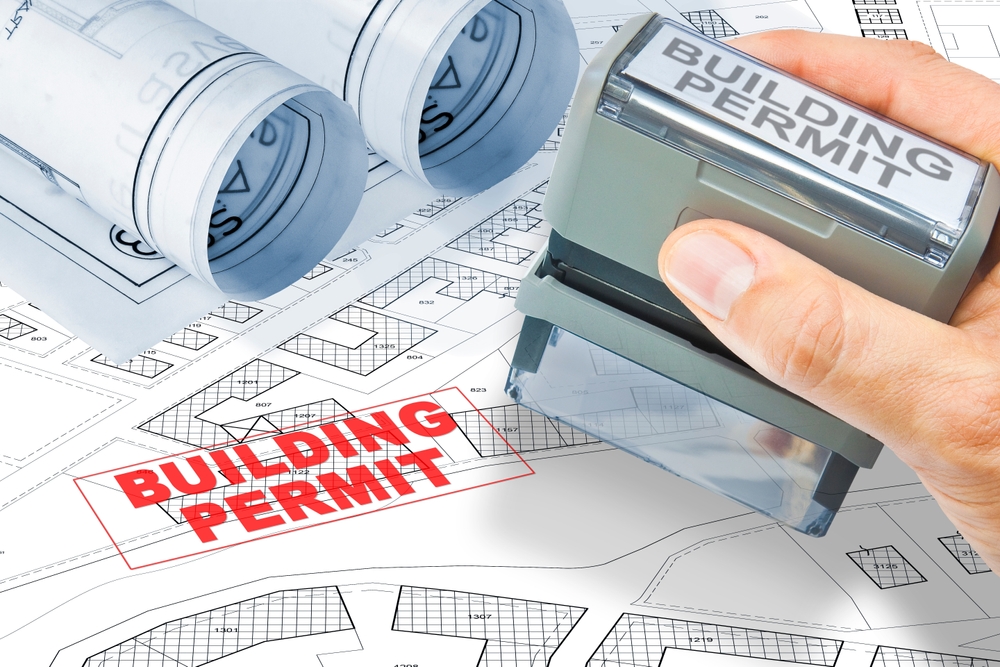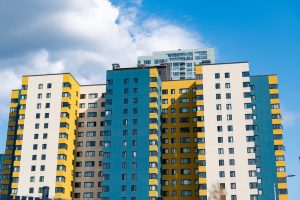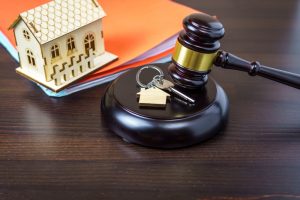The use and development of property in New York State, and particularly within the five boroughs of New York City, are subject to an intricate web of zoning laws, land use regulations, building codes, and environmental rules. These regulations dictate what can be built, where, and how, shaping the very fabric of our communities. Given the complexity of these rules and the high stakes involved in real estate development, disputes are frequent and often lead to specialized litigation. Figeroux & Associates, located at 26 Court Street, Suite 701, Brooklyn, NY 11242, provides essential legal guidance through this complex regulatory landscape. For expert assistance with zoning and land use matters, contact the firm at 855-768-8845 or visit www.askthelawyer.us. This analysis delves into the common types of zoning and land use litigation in NYS and NYC.
The Regulatory Framework: A Complex Tapestry
Land use control in New York is primarily a function of local government, enabled by state laws like the General City Law, Town Law, and Village Law. In New York City, the foundational document is the NYC Zoning Resolution, an extraordinarily detailed set of regulations governing land use, building density (Floor Area Ratio), height, setbacks, parking, and numerous other development aspects across every parcel in the city.
Beyond basic zoning, development in NYC is often layered with additional regulations, including:
- NYC Building Code: Administered by the Department of Buildings (DOB), setting standards for construction safety and materials.
- Landmark Preservation Law: Administered by the Landmarks Preservation Commission (LPC), regulating alterations to designated landmarks and properties within historic districts.
- Environmental Review Laws: The State Environmental Quality Review Act (SEQRA) and its city counterpart, City Environmental Quality Review (CEQR), require assessment of potential environmental impacts for many discretionary government actions, including zoning changes and permits.
Navigating this complex interplay of regulations administered by various city agencies (DOB, LPC, Department of City Planning (DCP), Board of Standards and Appeals (BSA), City Planning Commission (CPC)) is a primary source of conflict and litigation.
Challenging Zoning Rules: Variances and Special Permits
When the strict application of zoning rules prevents a reasonable use of property or imposes practical difficulties, owners can seek relief, primarily through variances or special permits.
- Variances: Granted by the NYC Board of Standards and Appeals (BSA), variances provide permission to deviate from zoning regulations. There are two types:
- Use Variance: Allows a land use not otherwise permitted in the zone. This is difficult to obtain under NYS law (General City Law § 81-b) and requires proving “unnecessary hardship,” including showing the owner cannot realize a reasonable return under permitted uses, the hardship is unique to the property, the variance won’t alter neighborhood character, and the hardship wasn’t self-created.
- Area Variance: Allows deviation from dimensional rules (height, setback, lot coverage, etc.). The BSA must balance the benefit to the applicant against potential detriment to the neighborhood, considering factors like whether the variance creates undesirable change, if alternatives exist, the substantiality of the variance, environmental impacts, and whether the difficulty was self-created (though self-creation doesn’t automatically bar approval).
- Special Permits: Certain uses are allowed in specific districts, but only with a special permit granted usually by the City Planning Commission (CPC), often requiring review through the Uniform Land Use Review Procedure (ULURP). These permits come with specific conditions tailored to mitigate potential impacts.
Denials (or approvals opposed by others) of variances and special permits are frequently challenged in court via Article 78 proceedings.
Article 78 Proceedings: Challenging Agency Actions
The primary legal tool for challenging the actions (or inaction) of NYS and NYC administrative agencies like DOB, LPC, BSA, or CPC is an Article 78 proceeding, governed by Article 78 of the Civil Practice Law and Rules (CPLR). This type of lawsuit asks a court to review an agency determination. Common grounds for challenging an agency decision under Article 78 include claims that the determination was:
- Made in violation of lawful procedure.
- Affected by an error of law.
- Arbitrary and capricious or an abuse of discretion.
- Not supported by substantial evidence (if made after a required hearing).
These proceedings have strict procedural rules and a very short statute of limitations – generally four months from the date the agency’s determination becomes final and binding. Before commencing an Article 78, a petitioner must typically exhaust all available administrative remedies or appeals within the agency itself.
Community and Neighbor Litigation
Development projects often face opposition from neighbors or community groups. These parties may initiate lawsuits seeking to block or modify projects.
- Standing: To sue, challengers must generally demonstrate “standing” – meaning they will suffer a specific harm, different from the public at large, if the project proceeds (e.g., proximity often confers standing to challenge zoning decisions). Civic associations may also have standing under certain conditions (Douglaston Civic Ass’n, Inc. v. Galvin).
- Grounds: Lawsuits may allege that a project violates the Zoning Resolution, that permits were improperly issued by DOB, that variances or special permits were wrongly granted by BSA or CPC, or that required procedures were not followed.
- Environmental Challenges (SEQRA/CEQR): A significant avenue for challenges involves SEQRA and CEQR. Opponents may argue that the lead agency improperly issued a Negative Declaration (finding no significant impact) when a more thorough Environmental Impact Statement (EIS) was warranted, or that a completed EIS failed to adequately analyze impacts (e.g., on traffic, open space, shadows, neighborhood character) or consider reasonable alternatives. Successful SEQRA/CEQR challenges can halt projects until the environmental review process is properly completed.
Emerging Conflicts: Compliance Litigation (Local Law 97)
NYC’s ambitious climate legislation, particularly Local Law 97 of 2019, is creating new avenues for potential litigation. This law mandates significant reductions in greenhouse gas emissions for most buildings over 25,000 square feet, with initial compliance reports due May 1, 2025. Potential legal challenges include:
- Constitutional or statutory challenges to the law itself.
- Disputes over DOB’s calculation of emission limits or penalties for exceeding them.
- Litigation arising from contracts related to energy retrofits needed for compliance.
- Challenges related to applications for adjustments or alternative compliance pathways.
As enforcement ramps up, litigation surrounding Local Law 97 is expected to increase.
The Crucial Role of Experienced Counsel
Zoning and land use law is a highly specialized and complex practice area. It requires mastering intricate regulations like the NYC Zoning Resolution, understanding the procedures of multiple city agencies, navigating the specific standards of Article 78 litigation, and grasping environmental review requirements. Whether representing a developer seeking approvals, an owner challenging a permit denial or zoning restriction, or a community group opposing a project, success hinges on skilled legal guidance. Figeroux & Associates provides the necessary expertise to interpret regulations, strategize applications, represent clients before administrative bodies like BSA and CPC, and effectively litigate these complex matters in court.
Conclusion
Navigating the zoning and land use landscape in New York, particularly in NYC, is a formidable task fraught with potential legal challenges. From seeking variances and special permits to defending against community opposition or challenging agency decisions through Article 78 proceedings, the process requires meticulous attention to complex regulations and strict procedures. Emerging laws like Local Law 97 add further complexity. Understanding the rules of engagement and securing experienced legal representation is critical for developers, property owners, and community stakeholders alike. Figeroux & Associates (855-768-8845 | www.askthelawyer.us) offers the specialized knowledge and advocacy required to successfully navigate the intricate world of New York zoning and land use litigation.
Click Here to Schedule a Consultation with Figeroux & Associates Today!




